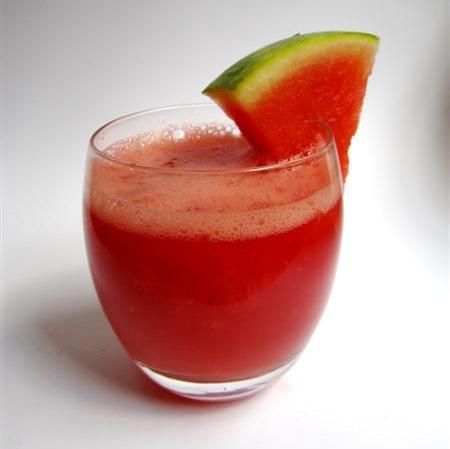 When I injured my hamstring a few years back, I was prescribed a common treatment called RICE - standing for rest, ice, compression and elevation.
When I injured my hamstring a few years back, I was prescribed a common treatment called RICE - standing for rest, ice, compression and elevation.
However, new research by the same man who coined the term RICE shows that the treatment merely delays healing by reducing inflammation. In fact, the body’s inflammation response is important to the healing process. By icing an injury, an important hormone is blocked. You’ll still heal, but it’ll just take about a half day longer.
A half day can make a huge difference for competitive athletes who need to be ready for game day. For the rest of us, a half day won’t really matter much. And though icing can delay healing, it still helps reduce discomfort. For some people, that could be a worthwhile tradeoff.
But for faster healing results, the researchers recommend movement without pressure. If you injured your legs running, for example, taking a leisurely walk could actually help; it’ll keep blood flowing to your damaged muscles and boost recovery.
Moreover, the researchers found that anti-inflammatory or pain reliever drugs also delay healing.
As it turns out, our wise bodies are better suited for healing on their own.
P.S. Interested in getting a strong, lean and defined six pack? Download Davey Wavey’s Six Pack Program to get started with five 12-minute ab workouts!












